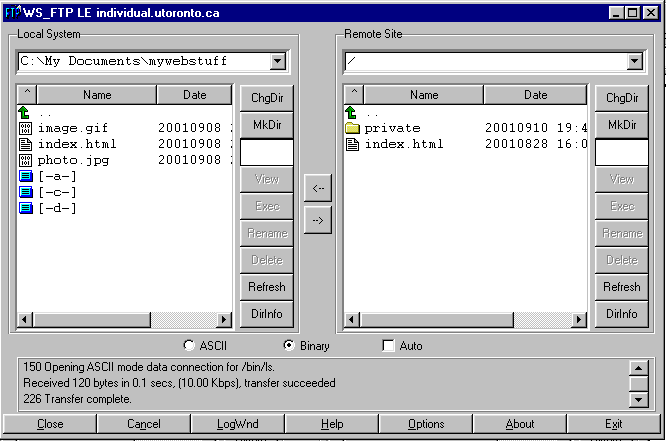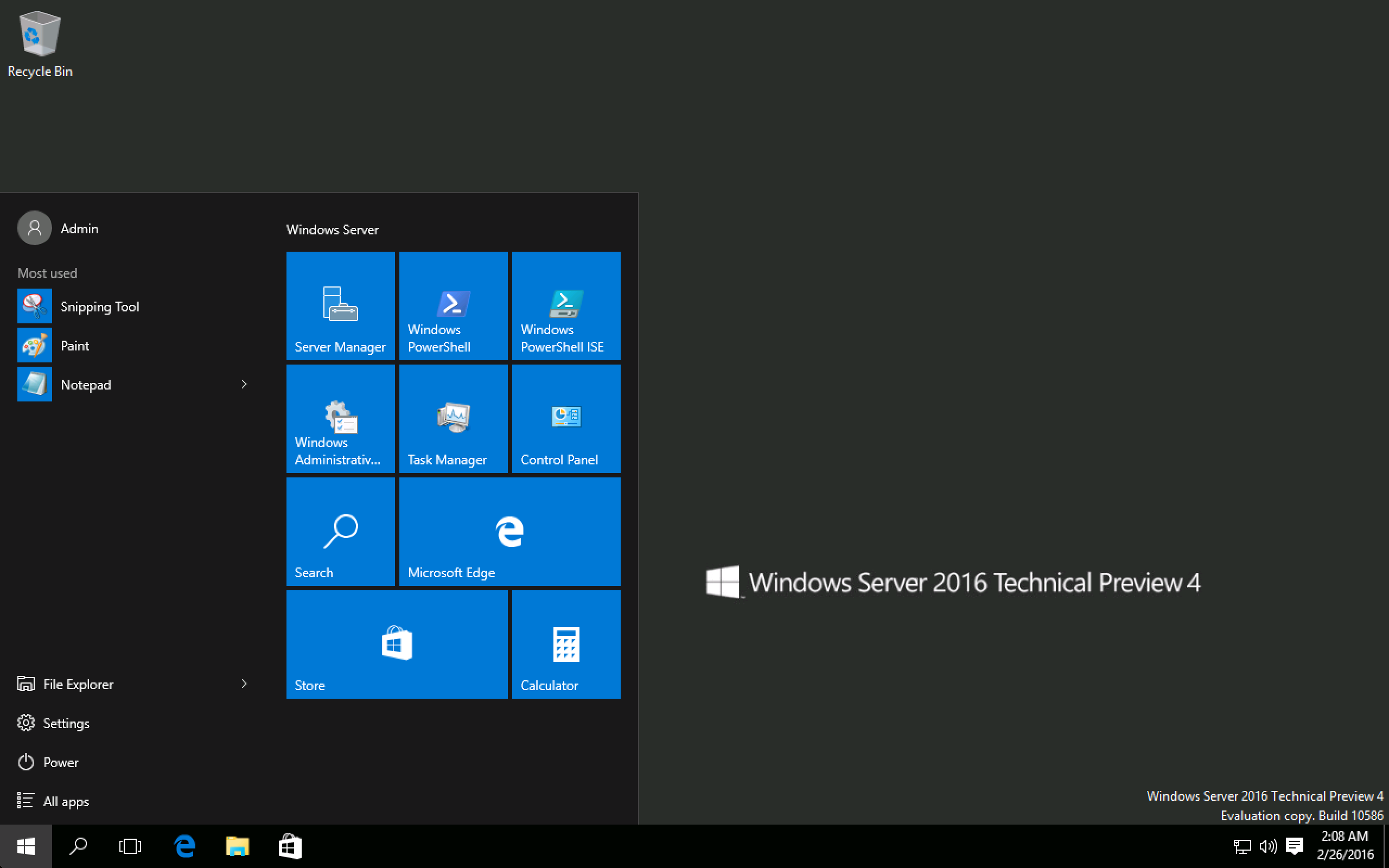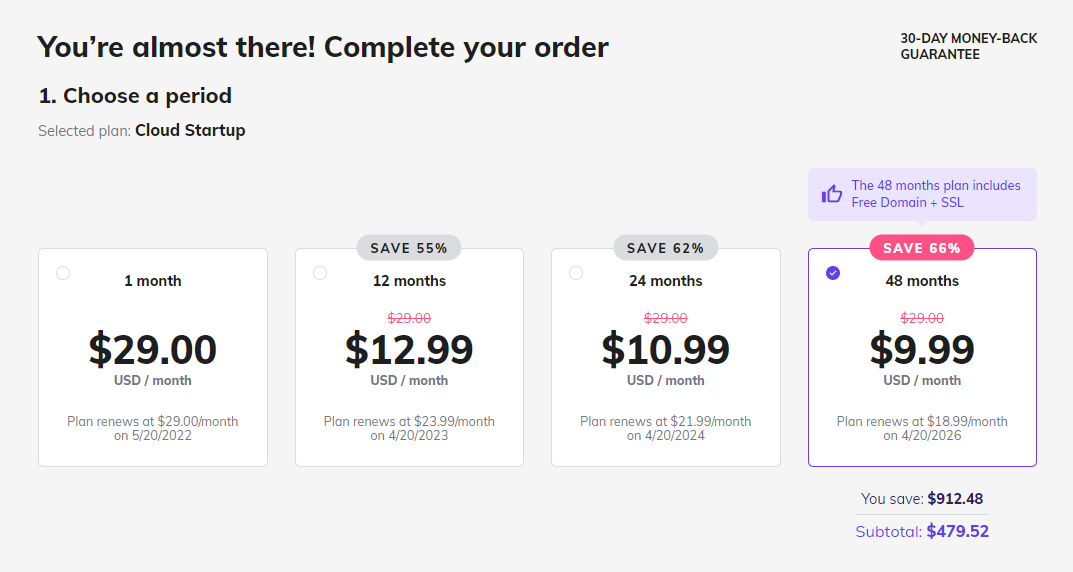
FTP is a protocol that allows a client to download, upload and rename files on a server. SSL encryption is used between the client and server to secure data transmissions. FTPS has a few security advantages compared to other file transfer methods like HTTPS and SFTP.
The FTPS provides:
A ftps-connection is established between client and server at a specified port (depending on the explicit or implicit mode). The ftps connection establishes TLS to create an asymmetrical encryption session.
FTPS servers use certificate authentication to authenticate their clients, similar to HTTPS. Certificates either are signed by a trusted CA - such as Verisign - or are selfsigned and kept in the trust keystore of the FTPS.
When using FTPS, a server's certificate will be checked automatically. If it is not trustworthy, a client won't be able to connect. In this way a man-in-the-middle attack is avoided.

OpenSSL is a good tool to use for obtaining a public certificate. This is an excellent idea as it makes sure the client can trust server identity.
The ftps server will be unable to verify the identity of the certificate if it is not signed. It will display a warning saying that it cannot verify the certificate. Contact the server to get more information. The issue can then be resolved.
Another FTPS feature is the option to configure a number of control and data channel types that are used for file transfers and directory listing exchanges between the server, and the client. These data channels may be configured on-demand to use temporary ports listening either on the client or server (passive modes) and are closed when an FTP is complete.
When choosing FTPS software you should consider the type of data channel that will be required to handle concurrent file transfers and directory listings, as well as the number of data channels per user. This will help you reduce the attack surface when connecting to larger networks.
The FTPS server must be able to handle a variety ciphers in order to offer a large number of options when it comes time for communications security. This is of particular importance when securing communications across firewalls.

In some cases, it is necessary to disable TLS when sending non-confidential data. This usually happens when a user wishes to rename files, move them or delete them after they have been uploaded unsecurely.
There are a variety of command channels available to send and receive commands. These include LIST, STOR, and RETR, which are used to get a directory list on a server. They can also be used for renaming, moving, or deleting files, as well as downloading files onto the client. This is a great feature for users who have many connections and need to be able to work in a distributed environment with the same file server.
FAQ
What is a website static?
A static site can be hosted anywhere. This includes Amazon S3, Google Cloud Storage. Windows Azure Blob storage. Rackspace Cloudfiles. Dreamhost. Media Temple. You can also deploy static sites to any platform that uses PHP, such WordPress, Drupal Joomla! Magento PrestaShop.
Because they don't send requests back and forth between servers, static web pages are easier to maintain. They load quicker because they don't need to send requests back and forth between servers. Because of this, static web pages are often more suitable for smaller businesses that don’t have the resources or time necessary to manage a website.
WordPress: Is it a CMS or not?
Yes. It is a Content Management System (CMS). A CMS allows you to manage your website content from within a web browser instead of using an application such as Dreamweaver or Frontpage.
WordPress is completely free! Hosting, which is usually provided by your ISP, is free.
WordPress was originally created to be a blogging platform. But WordPress now offers many more options, such as eCommerce sites or forums, membership websites and portfolios.
WordPress is very easy to set up and install. Download the file from their website, and then upload it to your server. Next, simply go to your domain name via your web browser and log into your new site.
After installing WordPress on your computer, you'll need a username and a password. Once you log in, you will be able to access your settings from a dashboard.
Here you can add pages and posts, images, menus, widgets and plugins. If editing and creating new content is easier for you, skip this step.
You can also hire a professional web design firm to help you with the whole process.
What is responsive web design?
Responsive Web Design, also known as RWD, is a way of designing websites so that content displays on all devices. This includes desktop computers, tablets (tablets), smartphones, etc. This allows users access all features of a website, including navigation menus, buttons and buttons, on one device. RWD aims to ensure that every user who views a site is able to view it on any screen size.
You would, for example, want to make sure that a customer can view your website even on a mobile device.
A responsive site will automatically adjust its layout based on the device being used to view it. The site will display exactly the same way on a laptop as if it were viewed on a desktop computer. But, the page will appear differently if you view it on your phone.
This allows you create a website that looks great on any device.
What is Website Design Software and How Does It Work?
Software for designing websites is used by photographers, illustrators and writers.
There are two main types of website design software: desktop applications and cloud-based solutions. Desktop apps are installed locally on your computer and require you to install additional software on your computer. Cloud-based software is hosted remotely over the internet. It does not require you to install additional software, which makes them great for mobile users.
Desktop Applications
Although desktop apps offer more features than cloud-based applications, they are not always required. Some people prefer to only use a desktop program because it is easier and more convenient. Some people prefer to use the same tool, regardless of whether it is on a phone or a laptop.
Cloud-Based Solutions
Web designers who wish to save time or money should consider a cloud-based option. These services let you edit any type or document anywhere you have an internet connection. This means you can use your tablet to do some work while you wait for your cup of coffee to brew.
If you decide to go with a cloud-based service, you'll still need to purchase a license for the program. However, you won't need additional licenses when upgrading to a newer version.
These programs are available for web page creation if you have Photoshop or InDesign, Illustrator, and other Adobe products.
What is a website static?
A static website contains all content stored on a server that visitors can access via web browsers.
The term "static" is used to refer to the absence of dynamic features like changing images, video, animations, etc.
This site was originally intended for corporate intranets. However it has since been adopted and modified by small businesses and individuals who require simple websites without complex programming.
Because they are easier to maintain, static sites have been growing in popularity. They are much easier to maintain than fully-featured sites with many components (such a blog).
They load much faster than dynamic counterparts. This makes them great for those who have slow Internet connections or users with mobile devices.
Also, static websites are more secure that dynamic counterparts. A static website is impossible to hack. Hackers have limited access to data within a database.
There are two main ways to create a static website:
-
Using a Content Management System.
-
How to create a static HTML website
The best one for you will depend on your specific needs. I recommend a CMS if you're just starting to create websites.
Why? Because it allows you to have full control over your website. A CMS eliminates the need for a professional to set up your site. Upload files directly to the CMS.
You can still learn code and create static sites. But you'll need to invest some time learning how to program.
How Do I Choose A Domain Name?
It is crucial to choose a great domain name. If your domain name is not great, people won't be able to find you easily when they search the internet for your product.
Domain names should be simple, short, easy-to-remember, relevant to your brand and unique. Ideal domain names are something people would type into their browser.
Here are some tips to help you choose the right domain name.
* Use keywords related your niche.
* Do not use (-), symbols or hyphens.
* Don't use.net or.org domains.
* Avoid using words that are already taken.
* Avoid generic terms, such as "domain" or web site.
* Check that it is available.
How Much Does it Cost to Create an Ecommerce Website?
It depends on which platform you choose, and whether the freelancer is employed directly or through a service provider. eCommerce websites start at about $1,000.
Once you have chosen a platform, expect to pay between $500 and $10,000.
You won't spend more than $5,000 if you are using a template. This includes any customization you need to make to fit your brand.
Statistics
- At this point, it's important to note that just because a web trend is current, it doesn't mean it's necessarily right for you.48% of people cite design as the most important factor of a website, (websitebuilderexpert.com)
- Did you know videos can boost organic search traffic to your website by 157%? (wix.com)
- In fact, according to Color Matters, a signature color can boost brand recognition by 80%. There's a lot of psychology behind people's perception of color, so it's important to understand how it's used with your industry. (websitebuilderexpert.com)
- The average website user will read about 20% of the text on any given page, so it's crucial to entice them with an appropriate vibe. (websitebuilderexpert.com)
- It enables you to sell your music directly on your website and keep 100% of the profits. (wix.com)
External Links
How To
How to use WordPress as a Web Designer
WordPress is a free software application used to build websites or blogs. Easy installation, powerful theme options, and plug-ins are some of the main features. You can customize this website builder to suit your needs. You can choose from hundreds of themes or plugins to make your site unique. If you'd like, you can also add your own domain. All these tools enable you to manage your site's appearance and functionality effortlessly.
WordPress allows you to create beautiful websites even if you don't know how to code HTML. Even if you don't have any coding knowledge, you can set up a professional website in minutes. In this tutorial, we'll show you how to install WordPress on your computer and then walk through some basic steps to get your new blog online. Everything will be explained so that you can follow the steps at home.
WordPress.com is currently the most used CMS (Content Management System). It has approximately 25 million worldwide users and counting. Two versions of WordPress are available. You can either get a license from them at $29/month or you can download the source code for free.
WordPress is a popular blogging platform. There are many reasons for this. One of the best things about WordPress is its simplicity. Anyone who knows HTML can create beautiful websites. Its flexibility is another benefit. WordPress.org offers many themes for free. This means that you can completely customize the look and feel without spending a dime. And finally, it is highly customizable. Premium add-ons are available from many developers that allow you automatically to update posts when someone comments, or integrate social networking sharing into your site.